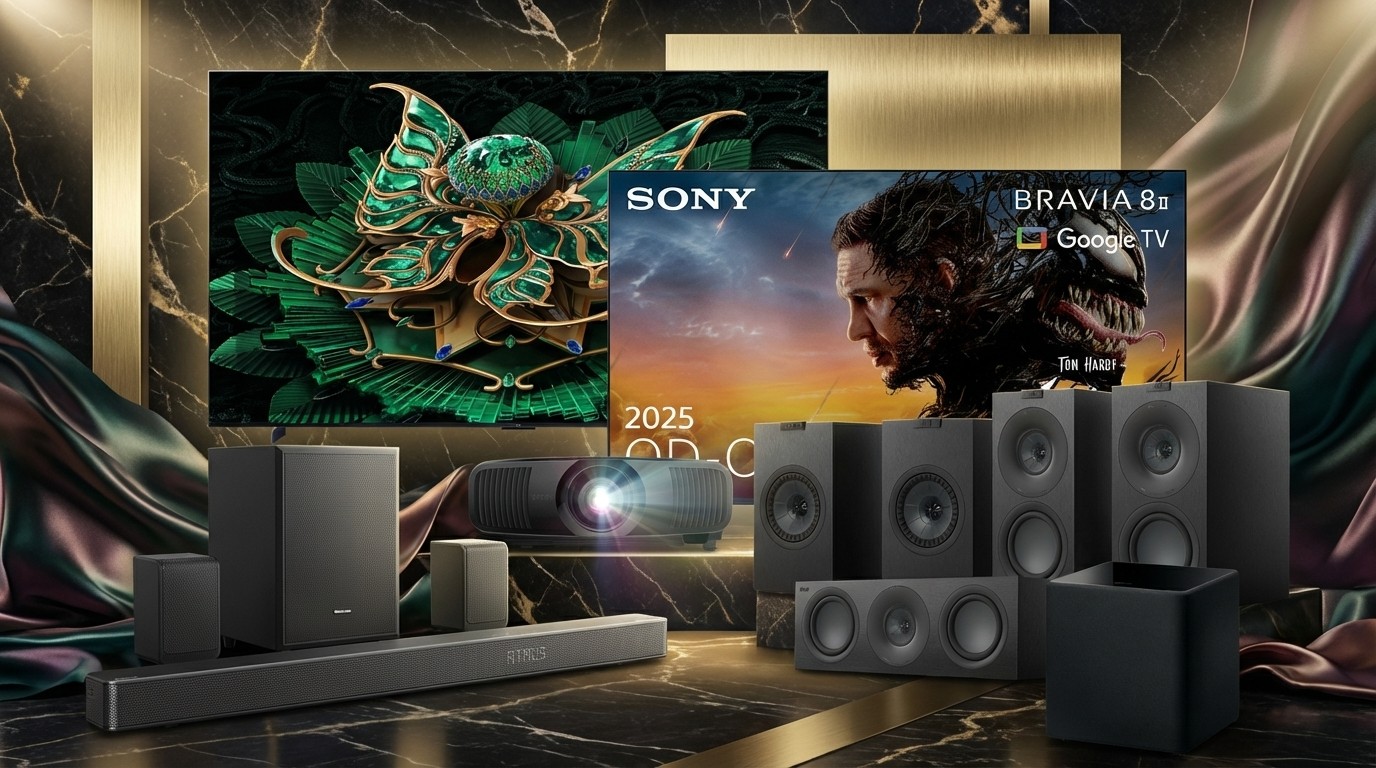How to spot fake records: 10 tips to avoiding counterfeit vinyl
Separating the vinyl wheat from the wax chaff
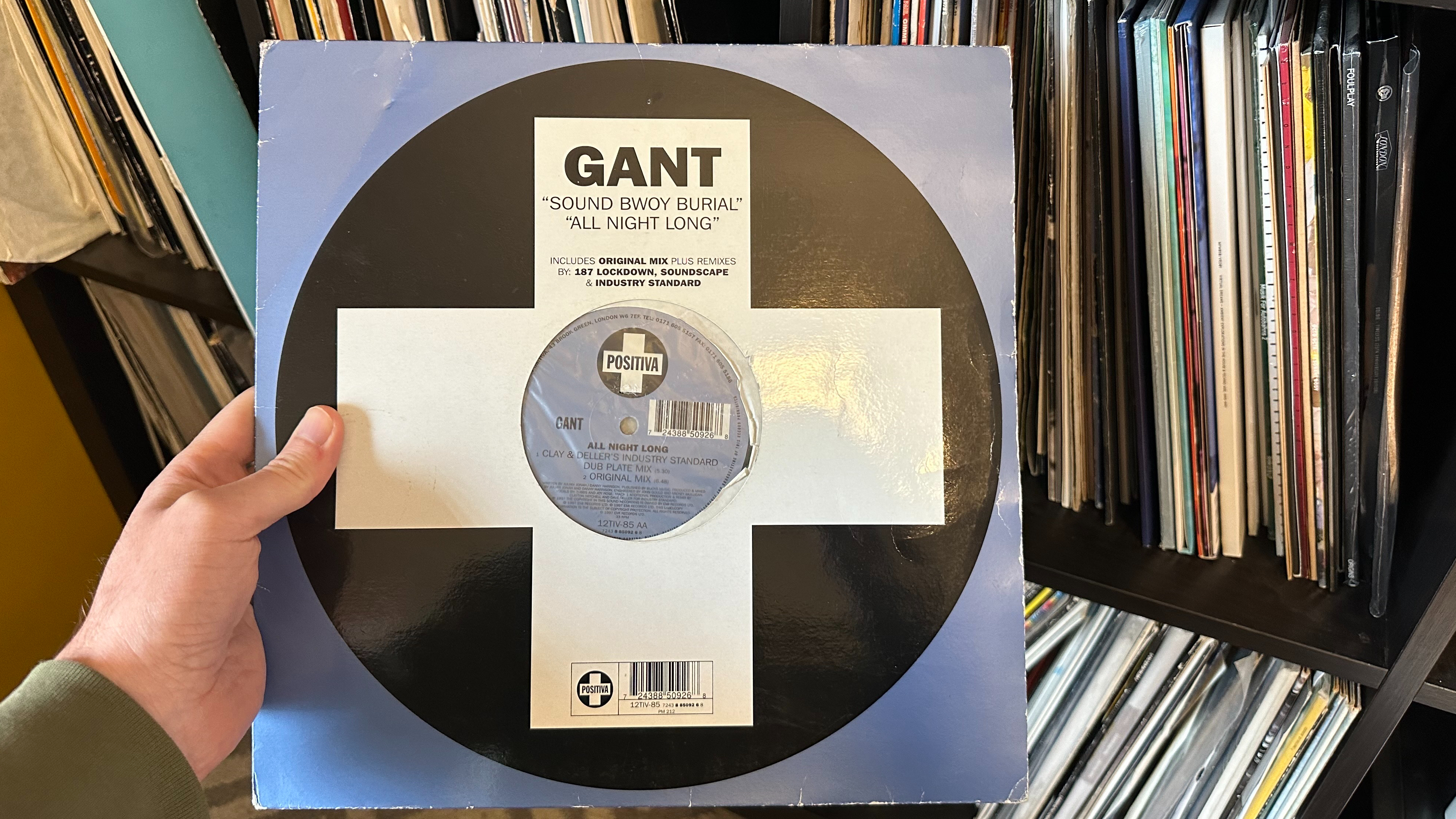
Record Store Day means lots of special edition vinyl is on sale – but beware. There are plenty of counterfeits and forgeries around that you will want to avoid. Not only do these leave the artists, retailers and record labels out of pocket, but they could sound awful too.
You want to be especially careful when it comes to coloured vinyl, as often these are sold as 'limited editions' when indeed they're fakes.
To make sure you're buying the genuine article and not lining the fraudsters' pockets, follow these tips from record shop owners and the authorities so you know the telltale signs to look out for.
And happy record shopping!
1. Spot the difference
By counterfeits, we mean pirated records – those that pretend to be an official release, but aren't.
That's as opposed to bootlegs, which are often live recordings, outtakes or other tracks that were previously unreleased.
Bootlegs are still unofficial, and illegal as they don't pay royalties to the artists. But collectors view them much more sympathetically, as they do preserve music that would otherwise have been lost.
The latest hi-fi, home cinema and tech news, reviews, buying advice and deals, direct to your inbox.
2. Start with the packaging
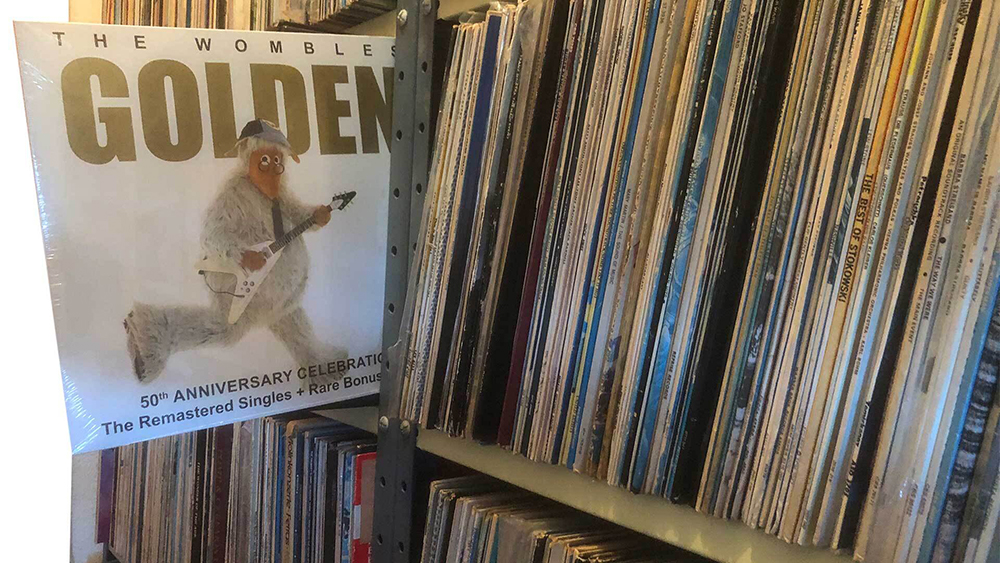
The inks used in the 1960s and 70s sleeve art had much more depth to them, as they were oil-based. But after the OAPEC oil crisis these were phased out as they became too expensive.
"If a record claims to be an original from that period, look for the deeper colours," says Nick Brown from Intoxica Records.
While you won’t get obvious signs like spelling mistakes (as the covers are copies of the originals), there are other things to look out for.
Most new vinyl is shrink wrapped, but not fakes, as it cuts into the counterfeiters’ profit margins.
"I've never seen a shrink wrapped fake, so if it's brand new and not wrapped, that's a red flag," says Graham Davis, the owner of Casbah Records.
If you see circular marks on the sleeve, run your finger over them.
"If they're genuine ring wear (marks from the vinyl where it's rubbed the sleeve), they will feel textured," says Brown. If they're smooth, it means the cover has been copied from one that does have genuine ring wear marks, so avoid them.
"You can also check out if the original was a gatefold sleeve," says Chris Bress from Reckless Records. And if the copy you've seen isn't, you know it's not genuine.
You should also look closely at the barcode.
"Often the vertical lines will have some pixelation or jaggedness to them, so that's a good way to tell a fake," says Mark Burgess, the owner of Flashback Records.
3. Enter the matrix
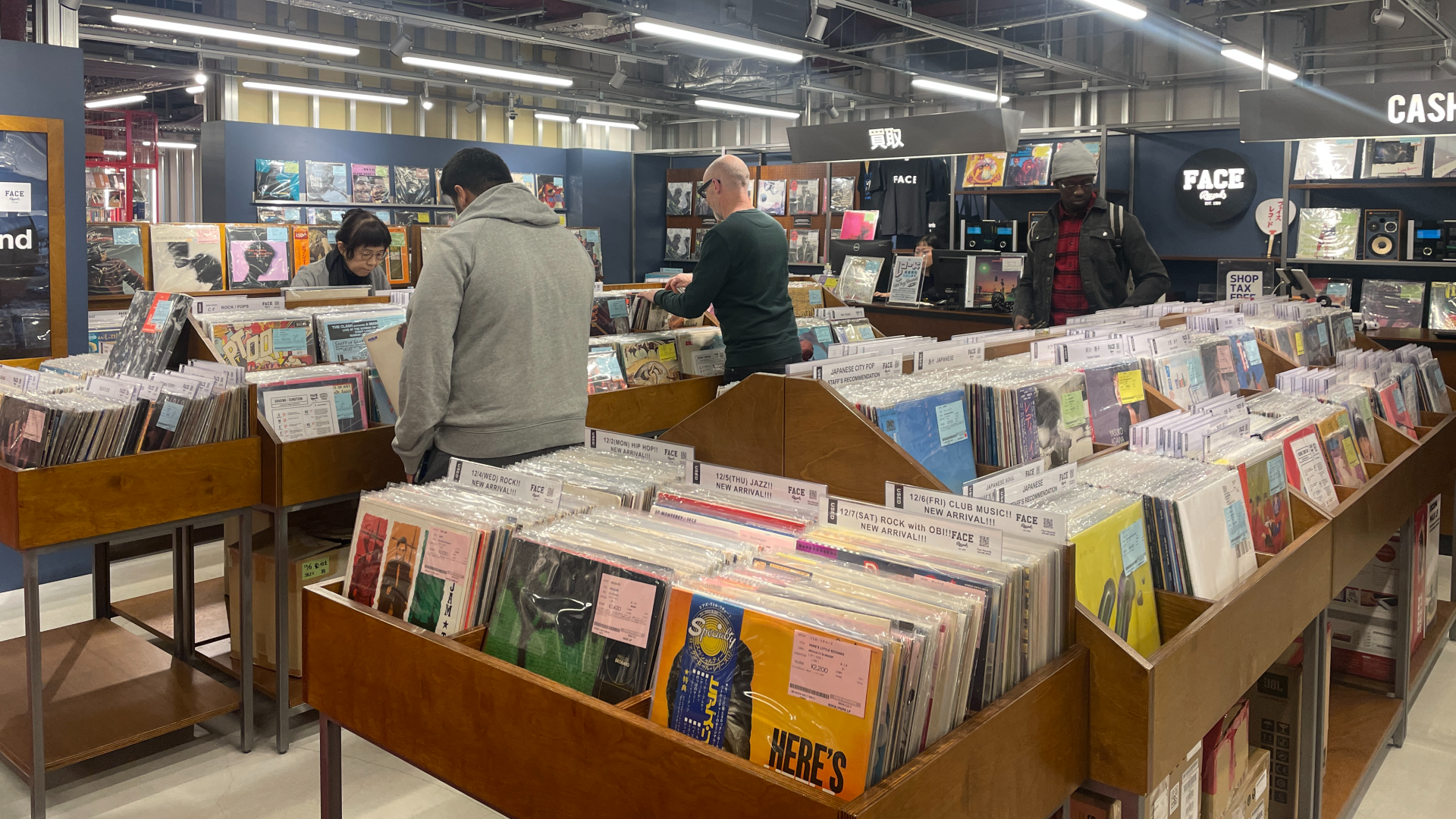
Another way to tell if a record is genuine is to look at the matrix number.
This is the number assigned to each side of a record – when a record is cut, this number is either machine stamped or handwritten on the runout groove (between the last track and the label).
A counterfeit record won't have a machine stamped matrix number, but just because the number is handwritten that doesn't mean the record is a fake, as some small labels write theirs by hand.
"Whether it's handwritten or machine stamped, the matrix number should correspond to the catalogue number on the label," says Brown.
You can use sites like Discogs to check which records should have which matrix numbers.
A record should also have an engineer's stamp to show who actually mastered the record. If it's a particularly sought-after record or label, you should be able to look up which engineer's stamp it should bear.
Most classic Blue Note records feature Rudy Van Gelder's 'RVG' stamp, for example.
But even those in the know can find it hard to tell the difference sometimes.
"The first Iron Maiden single has been counterfeited so many times, if I saw one I would have to do some research before I could say conclusively whether it's a fake," says Tony Boothroyd from Vinyl Tap. "And I've been selling records since 1985."
4. A choice of colours?
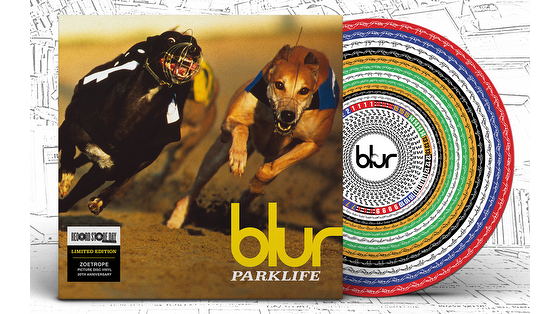
Some fraudsters use coloured vinyl to either cover their tracks (by claiming it’s a foreign import) or to make them seem more collectible.
"Coloured vinyl often signifies a limited edition, and tends to hold its value better – hence the attraction for counterfeiters," says Boothroyd.
Having said that, if it's a special edition for Record Store Day, bought from a participating store, you're on safe ground. You should also check the edge of the vinyl, and you might want to wear gloves while you do so.
"We've come across some very poorly trimmed vinyl with very sharp, serrated edges that’s at risk of cutting your fingers," a spokesperson from the British Phonographic Institute's (BPI) Content Protection Unit tells us.
That's not what they mean by 'cutting a record'.
5. Check the genre
Some genres are more susceptible to counterfeits than others.
"There are a lot of northern soul counterfeits doing the rounds, but not many reggae ones," says Ben Bell from reggae specialist Lion Vibes.
6. Don’t trust your ears alone
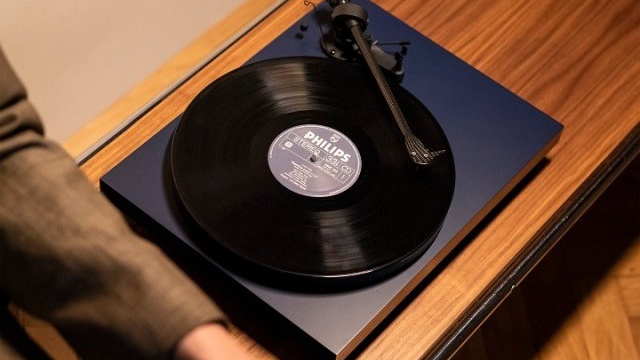
While it's true that some counterfeits can sound truly awful, it's not guaranteed to be the case. In fact, some can even sound better than the original pressing, thanks to the technology that's cheap and readily available today.
Of course, you won't know what it sounds like until you get it onto your turntable.
And those that sound bad, sound really, really bad. "Thin and watery, like an MP3," is Ben Bell's verdict.
The counterfeiting process can throw in some unwelcome additions to the track, too.
"I once heard a counterfeit that had been recorded from a Mac computer – I know because I could hear the Mac's volume adjustment chime on the track," says Bell.
The audio of a counterfeit vinyl is often taken from a CD master, which isn't optimised for vinyl. The equipment it's been transferred with, the cutting engineer, the plates, will all be of inferior quality, and there are no checks for defects. Hence the poor sound quality.
The running time could also be different from the official version, depending on when the person recording it pressed stop.
"Playing a counterfeit won't damage your system, just your sense of pride," says Burgess.
7. Making a Swift buck
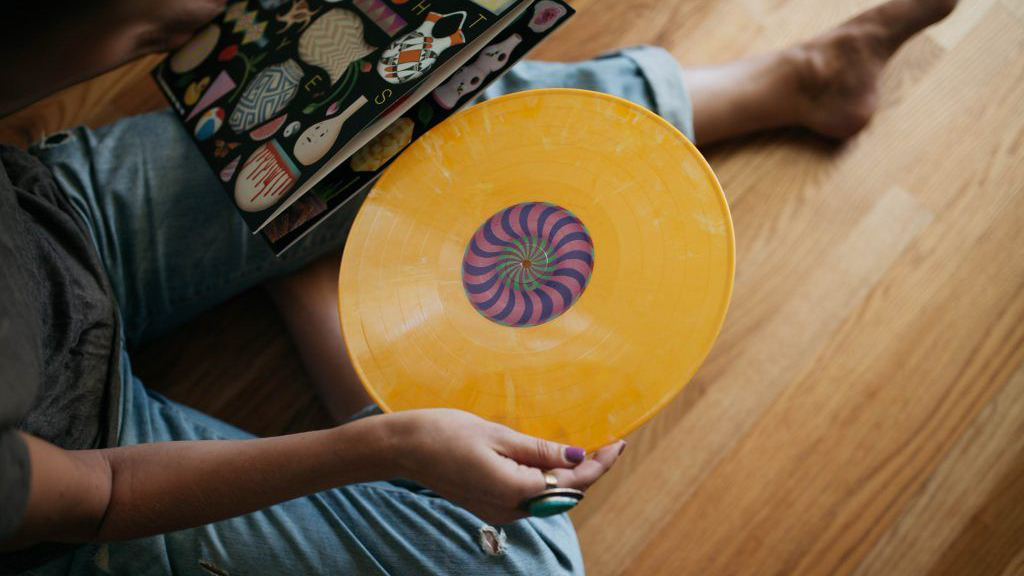
If a record is selling for much less than its current usual RRP (£10-£12 for a new Taylor Swift LP, for example), chances are it's a fake.
"If it looks too good to be true, it probably is," says Davis.
8. Careful where you buy
A lot of counterfeiters operate online, so be particularly vigilant on sites like eBay. If the seller can't answer your questions as to the record’s provenance, alarm bells should be ringing.
You should also check their seller feedback to see if any buyers have had a bad experience with them.
"Check too if they use stock images rather than real photos of the product," the BPI's spokesperson says. "And keep an eye out too for hybrid releases, where there is one original track and then several remixes, often with artwork taken from an original release."
Record fairs are a much safer bet than online, as the fraudsters have been mostly weeded out by organisers who don't want any association with such unscrupulous types.
They're more likely to operate at markets, especially those around tourist hot spots.
9. Contact the authorities
If you suspect you've bought a knockoff, you could try contacting the seller, and if they don't refund you, call your local Trading Standards or email the BPI on contentprotection@bpi.co.uk.
10. See the bigger picture
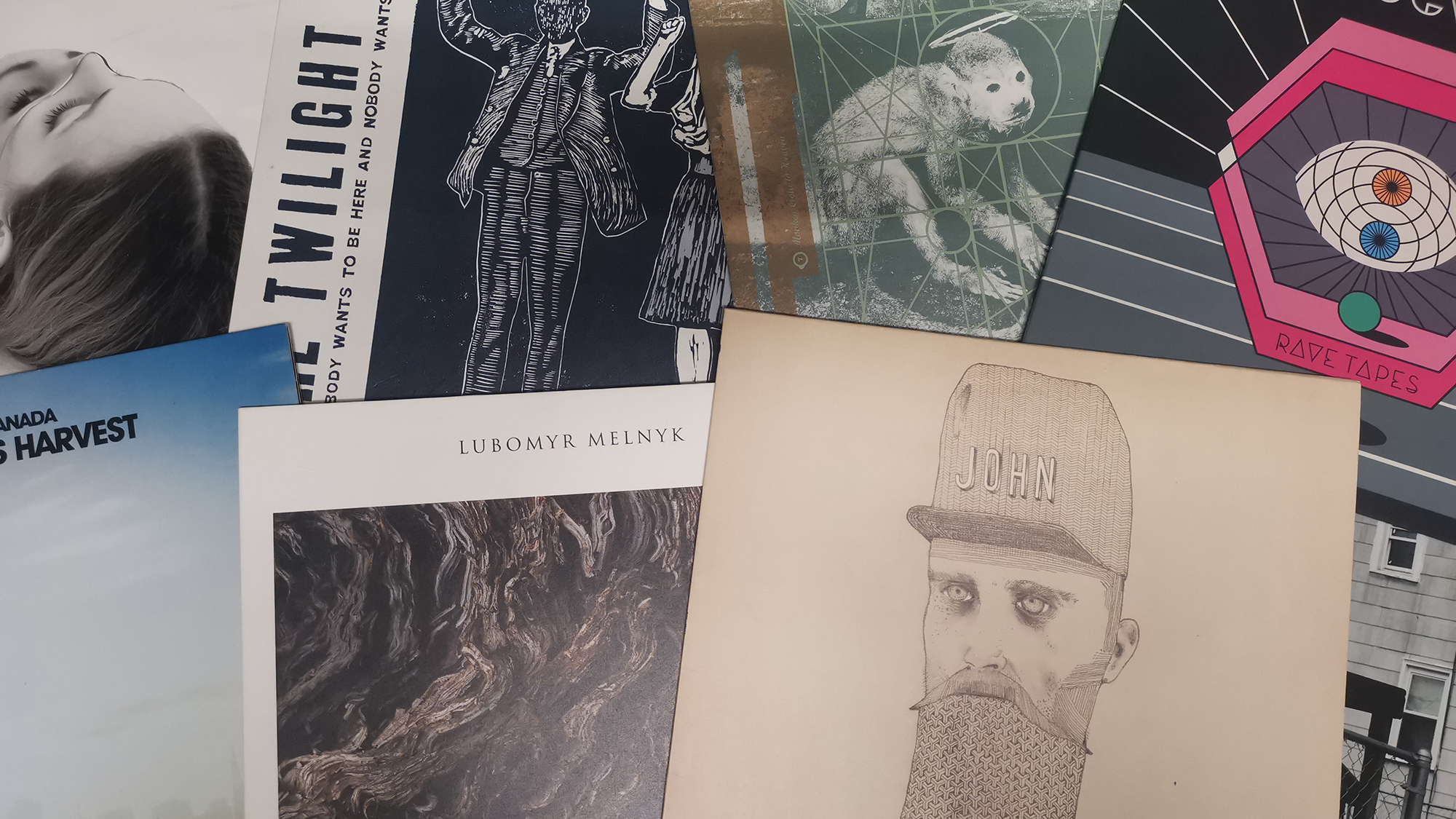
A counterfeit record might seem tempting, especially if it's cheaper than the real article and could sound better (though admittedly that's a slim prospect).
But remember that this is a criminal activity, and one that punishes true music lovers.
"Counterfeits damage the industry for everybody," says Burgess. "The artists and record labels don't get paid, legitimate shops are undercut, and punters get a substandard product.
"There's nothing good about it."
So if you see an LP for a tenner less than it should be, just remember that somewhere along the musical food chain, someone is paying a much higher price.
"Ultimately, it's taking money out of mostly impoverished artists' hands," says Bell. "And that's something that really p**ses me off."
MORE:
9 tips for new or returning vinyl fans that will help you on your record-collecting journey
Old is gold: why I massively prefer buying old vinyl to new
We pick 9 of the best Record Store Day 2025 releases – Sam Fender, De La Soul, Waxahatchee and more
Joe has been writing about tech for 20 years, first on staff at T3 magazine, then in a freelance capacity for Stuff, The Sunday Times Travel Magazine (now defunct), Men's Health, GQ, The Mirror, Trusted Reviews, TechRadar and many more. His specialities include all things mobile, headphones and speakers that he can't justifying spending money on.
You must confirm your public display name before commenting
Please logout and then login again, you will then be prompted to enter your display name.

